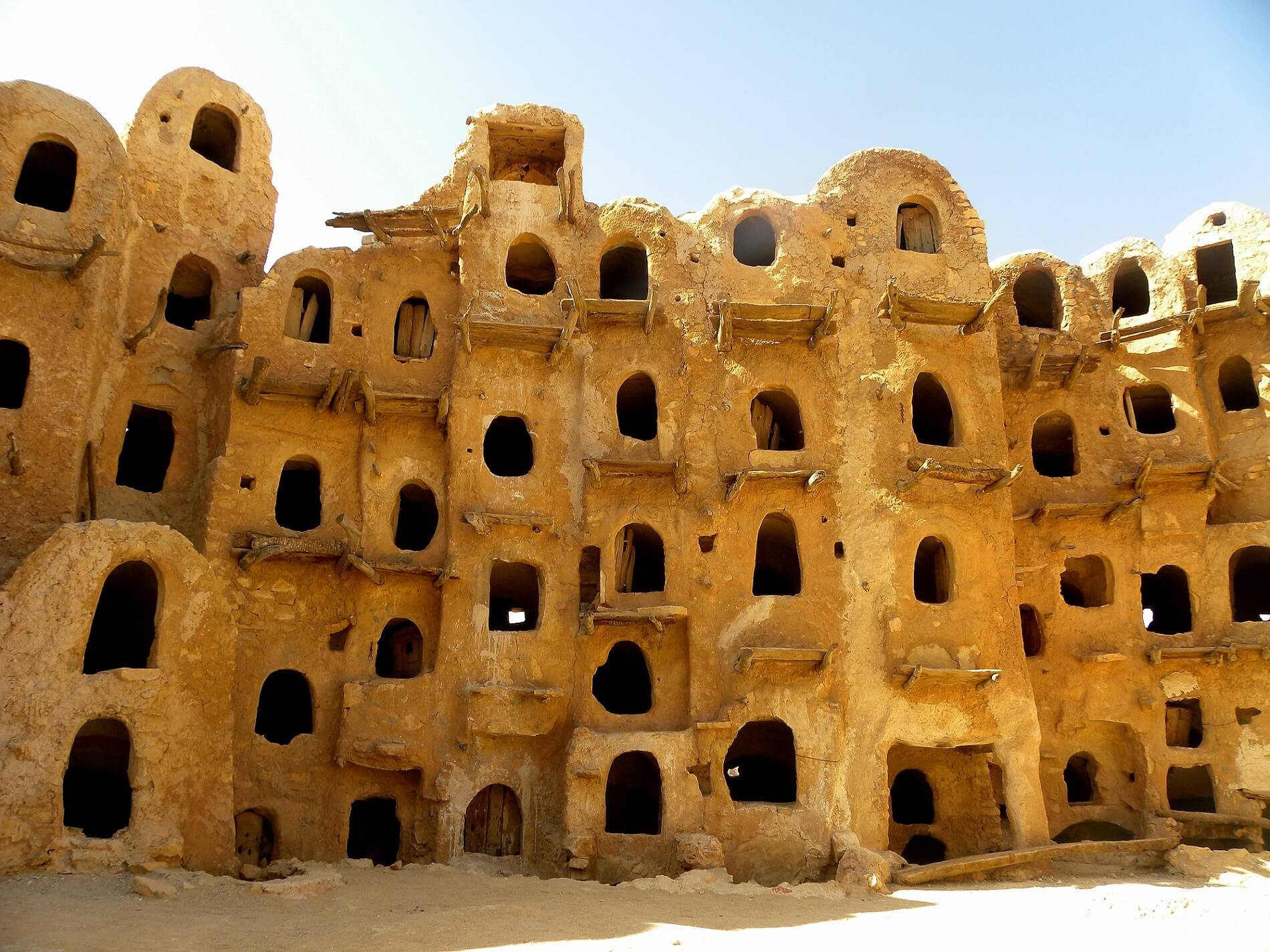US Africa Command (AFRICOM) launched 4 aerial attacks over the course of 10 days in southern Libya, killing 43 ISIS fighters in total. Below are details of each of the aerial attacks.
On 29 September, AFRICOM conducted an airstrike in southern Libya killing 7 ISIS fighters.
On 27 September, AFRICOM conducted an airstrike targeting a fleeing ISIS group in the Indian Complex in Sebha southern suburb, killing 17 people.
On 24 September, AFRICOM conducted an airstrike against Libya-ISIS group at a farm hideout southern Jizzawo village, 30 kilometres east of Murzuq, killing 11 fighters.
On 19 September, AFRICOM claimed to have killed 8 ISIS-Libya fighters in the vicinity of Murzuq.
After several months of no aerial attacks on ISIS in Libya, US AFRICOM has launched multiple strikes in quick succession at several locations in southern Libya. The airstrikes suggest the group has either recently grown in size and capabilities, or has gained notable personnel to warrant these operations. The number of fighters allegedly killed in these airstrikes suggests that this will represent a setback to ISIS-Libya in the region. However, the instability and absence of functioning security apparatus in the region is likely to persist, not only allowing ISIS-linked groups to continue to compete for a foothold in the region, but also fuelling local recruitment in the medium-long term.At a strategic level, AFRICOM’s recent airstrikes could strengthen and legitimise Libyan National Army (LNA) rhetoric about fighting terrorist groups in the South, which it has used to justify its presence and military activity in the region. On the flipside, AFRICOM’s statements that it is coordinating with the Government of National Accord (GNA) to carry out the aerial attacks, and likely gaining the intelligence needed to do so from GNA-linked sources, could strengthen the GNA’s position in the region as the only legitimate authority in Libya with whom the US will coordinate.

